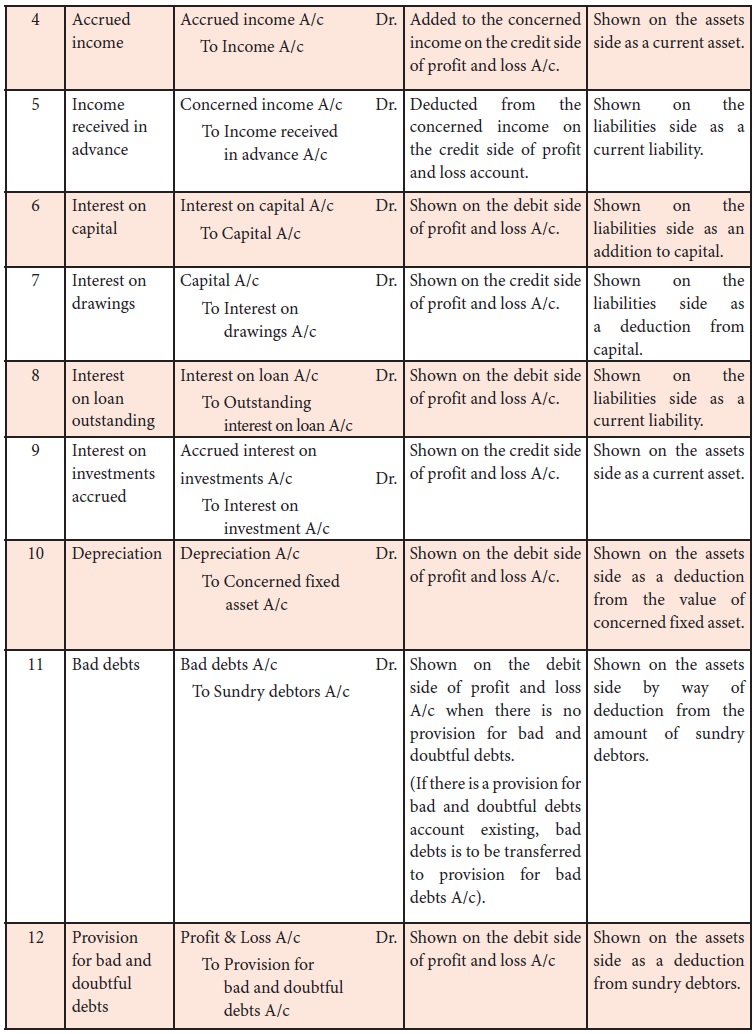All Of The Following Are Types Of Adjustments Except

In a recent survey conducted by the National Board of Certified Medical Examiners (NBCME), a surprising number of healthcare professionals struggled to identify the correct categories of medical adjustments, sparking concerns about training gaps and the potential impact on patient care. The survey, designed to assess core knowledge in osteopathic and chiropractic principles, revealed a widespread misconception, with many selecting an incorrect option from the list: all of the following are types of adjustments except…
The NBCME, a leading organization that oversees the certification process for medical professionals specializing in manual therapies, has expressed its concern over the unexpected results. The core question highlights a fundamental understanding of the different techniques and approaches involved in spinal and musculoskeletal adjustments, essential for effective patient management.
Key Findings of the Survey
The question posed to the survey participants included a list of various manual therapy techniques, asking them to identify the technique that does not fall under the umbrella of "adjustments." The options included mobilization, manipulation, muscle energy techniques, and pharmacological intervention. The correct answer, pharmacological intervention, was incorrectly identified by a significant portion of respondents.
While mobilization and manipulation are widely accepted as direct adjustment techniques that involve gentle movements and specific forces to restore joint mobility and function, muscle energy techniques are also considered adjustments as they use the patient's own muscle contractions to correct imbalances. However, pharmacological intervention focuses on medication to address underlying issues and is not related to manual therapy.
This misunderstanding highlights a potential ambiguity in how the term "adjustment" is understood across different healthcare disciplines. It also raises questions about the emphasis placed on differential diagnosis and comprehensive treatment planning during professional training.
Expert Opinions and Analysis
“The findings are concerning because a clear understanding of the definition of ‘adjustment’ is crucial for proper communication, treatment planning, and patient safety,” stated Dr. Emily Carter, a leading osteopathic physician and board member of the American Academy of Osteopathy.
“If practitioners are unable to accurately differentiate between manual therapy techniques and other medical interventions, it can lead to inappropriate treatment choices and potentially compromise patient outcomes,” she added.
The survey results have sparked a debate within the medical community about the need for standardized terminology and improved educational resources. Some experts argue that the lack of clarity surrounding the term "adjustment" may stem from the historical evolution of manual therapies, with different disciplines using varying definitions and approaches.
The Importance of Standardized Terminology
The use of standardized terminology is essential for effective communication among healthcare professionals. It minimizes the risk of misunderstandings and ensures that patients receive appropriate and consistent care.
Dr. Robert Jones, a chiropractor and educator, emphasizes the need for clarity, stating, “We need to ensure that our students and practitioners have a solid grasp of the core concepts and that we are all speaking the same language when it comes to describing and implementing these techniques.”
Clear definitions contribute to more accurate record-keeping, better collaboration between different specialties, and improved patient understanding of their treatment plans. It also helps to prevent confusion and potential errors in clinical practice.
Impact on Patient Care
The potential impact on patient care is a significant concern stemming from this survey. Misunderstanding the nature of an adjustment could lead to several issues.
First, it might lead to inappropriate treatment selection, where a patient is prescribed manual therapy when a different intervention, such as medication, might be more suitable. Second, it can affect communication with patients, who may not fully understand the proposed treatment and its goals.
Third, it raises concerns about the competency and confidence of some practitioners, which can influence how patients perceive their care.
"Osteopathic physicians (DOs) are fully licensed physicians who practice in all areas of medicine. Emphasizing a whole-person approach to treatment and care, DOs are trained to listen and partner with their patients."
Future Steps and Recommendations
In response to the survey findings, the NBCME is considering several initiatives to address the knowledge gaps identified. These include developing revised educational materials, offering continuing education courses focused on manual therapy principles, and incorporating more detailed questions on adjustments in future certification exams.
The organization is also working in collaboration with various medical associations to promote standardized terminology and ensure that all healthcare professionals have a clear understanding of the different manual therapy techniques available.
Ultimately, the goal is to enhance the quality of care provided to patients by promoting best practices and ensuring that practitioners are well-equipped to make informed clinical decisions.












